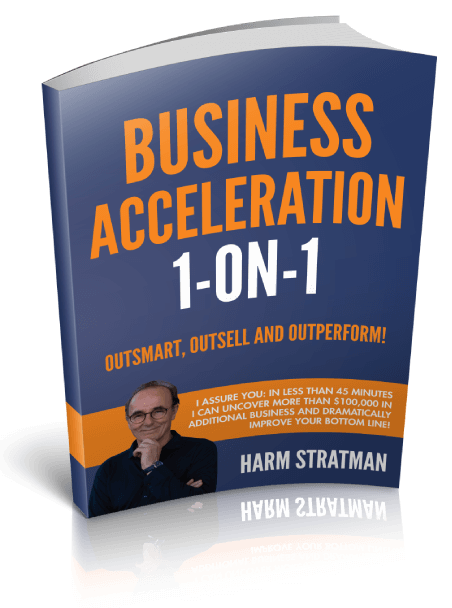Customer service is a hot topic and can make or break your business. Consumers have little patience for lousy customer service and quickly get tired of waiting in long lines, trying to get a live person on the line, going through an interrogation to return something or trying to communicate through a language barrier.
If you provide them with a simple, efficient, pleasant experience, they will revisit your business repeatedly. More importantly, they will tell everyone they know!
There are three secrets to good customer service; we will first conquer knowing exactly what YOU want.
You are the captain of the ship and the visionary for the future of your business, so you need to have a clearly defined plan for your business, which includes customer service. There are three main goals you need to consider:
- It needs to be easy for your customers to do business with you. You can do this with advertised discounts, kiosks, your website, and other technology-based programs to help them shop.
- Doing business with you needs to be a warm and pleasant experience. Your staff has to be knowledgeable, approachable, warm and patient. Your customers need to feel like they are getting good value for their time and money. Perceived value goes beyond the price of the products and extends to their shopping experience.
- Change your mindset and ask yourself, “How can I NOT afford to do these things?” This shouldn’t be a question of expenses but making and keeping happy customers.
With these thoughts in mind, you also need to consider a few things when deciding on the actual programs and standards you’ll put into place.
- Share your customer service vision with the rest of your staff.
- Connect your incentive programs and bonuses directly to customer service.
- Monitor the level of customer service your staff is putting out.
- Know when you can ignore what your customers want.
- Continuously focus on your goals.
You now know what you can start thinking about to meet those needs and create a positive customer service experience.
If you’re having a hard time deciding on what you want, the tools, resources and coaches in our FREE test drive will help you define the wants and needs of your company in relation to customer service.



